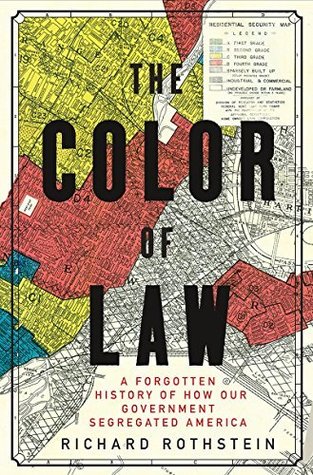More on this book
Community
Kindle Notes & Highlights
Read between
September 14, 2018 - January 21, 2023
With very rare exceptions, textbook after textbook adopts the same mythology. If middle and high school students are being taught a false history, is it any wonder that they come to believe that African Americans are segregated only because they don’t want to marry or because they prefer to live only among themselves? Is it any wonder that they grow up inclined to think that programs to ameliorate ghetto conditions are simply undeserved handouts?
Surveys show that most African Americans prefer integrated neighborhoods. So do whites. But African Americans define an integrated community as one in which from 20 to 50 percent of residents are African American. Whites define it as one where they dominate—and in which only 10 percent of residents are African American. When a neighborhood exceeds an African American presence of more than 10 percent, whites typically start to leave, and soon it becomes overwhelmingly African American. If this is the likely result of attempts to integrate, it is hardly worth the bother.
Integration can’t work if we try it only where African Americans remain invisible, or nearly so.
And we have no right to wait until every low-income and poorly educated mother develops perfect parenting skills before we move to desegregate metropolitan areas. Middle-class whites aren’t perfect caregivers either, but for their children to succeed, the mothers only have to be half as good.
Desegregation would attempt to reverse a century of social engineering on the part of federal, state, and local governments that enacted policies to keep African Americans separate and subordinate. Too few whites were terribly concerned with that kind of social engineering, and it’s a bit unseemly to make that objection now.


